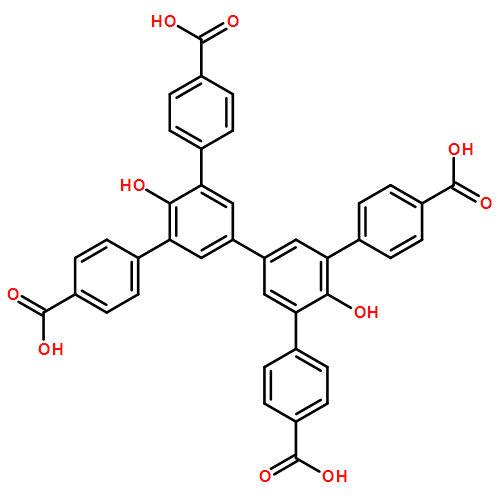Abstract
We demonstrate that three flexible MOFs termed FJI-H11-R (FJI-H=Hong's group in Fujian Institute of Research on the Structure of Matter, R=Me, Et, iPr) can reversibly respond to temperature and solvents via structural transformations, which can be visualized by in situ single-crystal X-ray snapshot analyses. FJI-H11-R exhibit colossal anisotropic thermal expansion, with a record-high uniaxial positive thermal-expansion coefficient of 653.2×10−6 K−1 observed in FJI-H11-Me. Additionally, large c-axial shrinkage of 32.4 % is also observed during desolvation. The stimuli-responsive mechanism reveals the structural evolutions are related to the rotations and deformations of the organic linkers.
